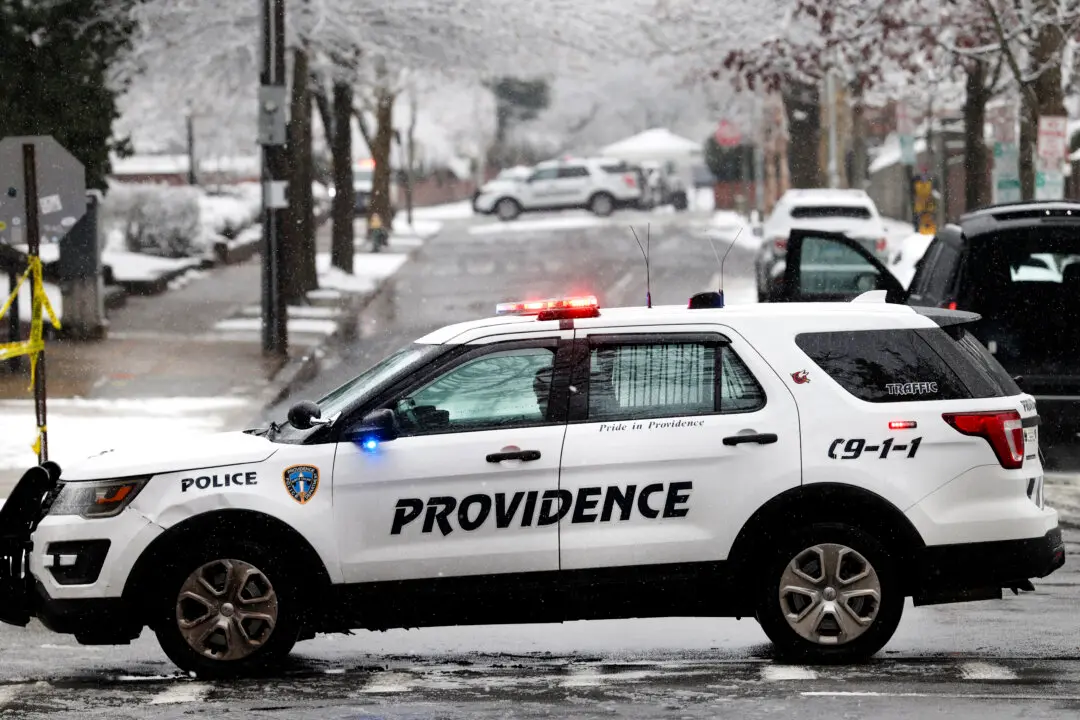The NOAA has sent out a warning for the solar storm that is expected to affect Earth this weekend, starting Friday evening.
The agency issued statement on Friday.
“Issue Time: 2014 Sep 13 0648 UTC
EXTENDED WARNING: Geomagnetic K-index of 7 or greater expected
Extension to Serial Number: 43
Valid From: 2014 Sep 12 2306 UTC
Now Valid Until: 2014 Sep 13 1600 UTC
Warning Condition: Persistence
Comment: Extended warning due to continued potential for geomagnetic storming from the 10 Sep CME.
Potential Impacts: Area of impact primarily poleward of 50 degrees Geomagnetic Latitude.
Induced Currents - Power system voltage irregularities possible, false alarms may be triggered on some protection devices.
Spacecraft - Systems may experience surface charging; increased drag on low Earth-orbit satellites and orientation problems may occur.
Navigation - Intermittent satellite navigation (GPS) problems, including loss-of-lock and increased range error may occur.
Radio - HF (high frequency) radio may be intermittent.
Aurora - Aurora may be seen as low as Pennsylvania to Iowa to Oregon.“
The solar storm that’s hitting the Earth Friday is a coronal mass ejection. “The second of the expected coronal mass ejections (CMEs) has arrived, and arrived in good agreement with the predicted arrival times,” the NOAA’s Space Prediction Weather Center in Boulder, Colo, said, according to USA Today. “As expected, an initial look shows this CME is stronger than the first.”
Scientists said the storm could cause fluctuations in power grids on the Earth while causing slight problems for radio transmissions and satellites.
“A G3 (Strong) Geomagnetic Storm Watch is still in effect for September 13th,” the NOAA also said.
Friday’s solar storm is the second one to hit Earth this week. One hit the planet on Thursday.
Thomas Berger, who heads of the National Weather Service’s Space Weather Prediction Center, told NBC the storm has a northward-pointing magnetic field. “It will not interact as strongly with Earth’s magnetic field, as far as we can tell,” he said.
“We would expect to see aurora perhaps as far south as the middle of Wyoming, Idaho, and perhaps as low as Connecticut and Rhode Island, maybe even New York,” Berger added.
The best time to view the Aurora Borealis, he said, is after midnight.




